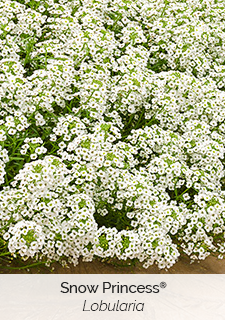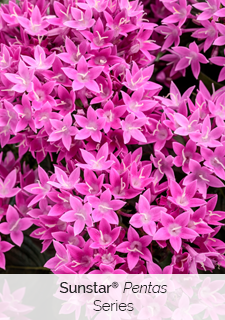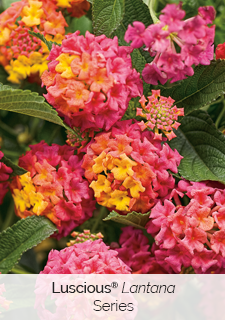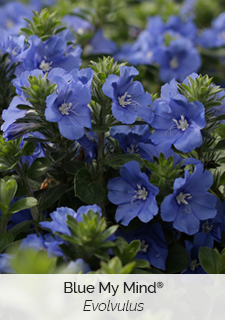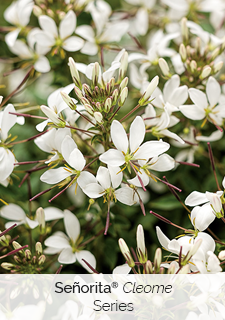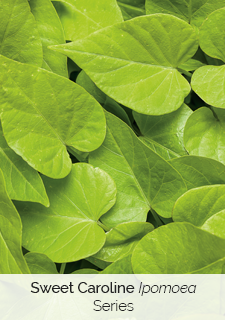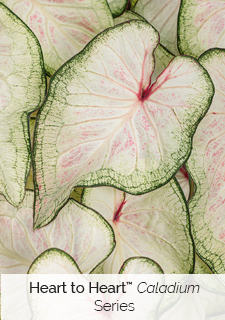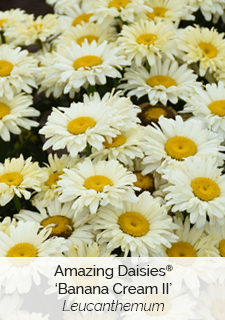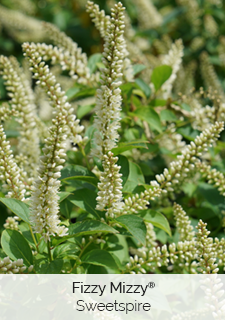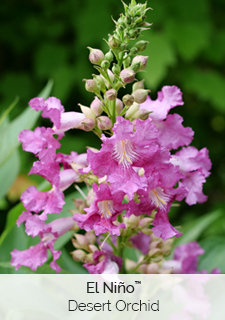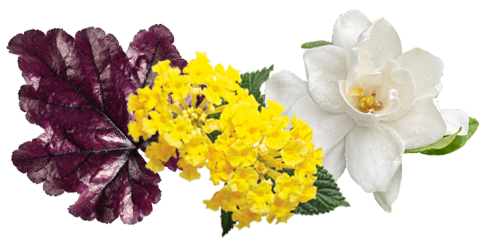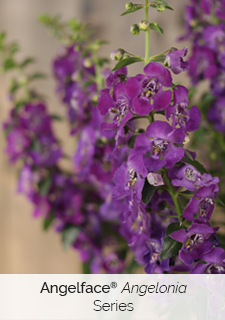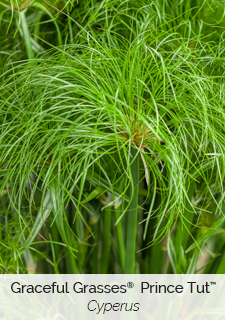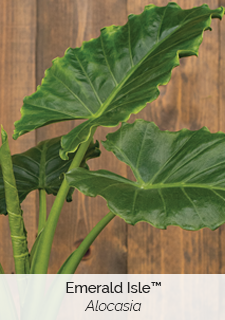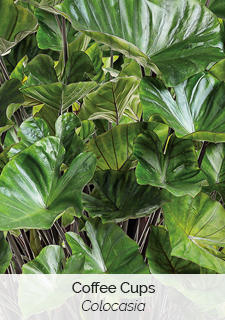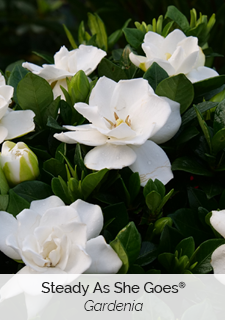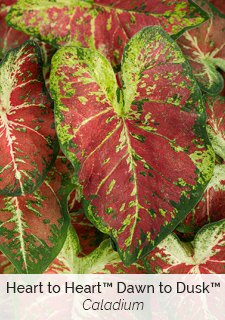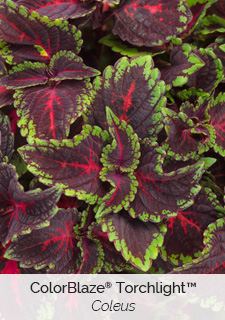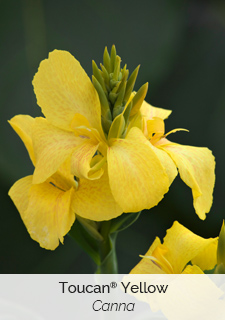Southeastern US (Zones 7-8)
Spring for most in the Southeastern US arrives early. But gardening in the southeast is a challenge. Spring quickly changes to summer and the heat and humidity grow more and more intense so that by June many gardeners have retreated indoors to watch their garden from the comfort of the air conditioning! Picking plants that will last an entire summer in the southeast can be difficult; a plant that can withstand high day and night temperatures and high humidity can be a challenge, but we’ve narrowed it down for you to some outstanding and very tough flowers to try!
Click Here to see what Josh and Jose are planting in their southern Florida garden.
Southeastern US (Zones 9-11)
Southern gardeners may be the luckiest of all since they are able to grow beautiful gardens all twelve months of the year. Ample rainfall helps your plants thrive in the warm, humid weather, though you may prefer the comfort of air conditioning indoors. Take advantage of cooler fall and spring temperatures by doing most of your planting during those times of year. Plan to switch out your annual plantings for more heat tolerant varieties in your summer containers. A great tip is to use larger containers or self-watering AquaPots® since they hold more water and won’t dry out too quickly in the heat. Here are a few heat and humidity loving plants for you to consider.

Josh & Jose
Gardening In High Humidity
Josh and Jose live in zone 9b. Their southern Florida climate receives more rain annually than Los Angeles, San Diego and San Francisco combined. As a result, stem rot that arises from waterlogged soil is one of their biggest challenges. Notice that all of the plants in their garden share a love of high heat and humidity.
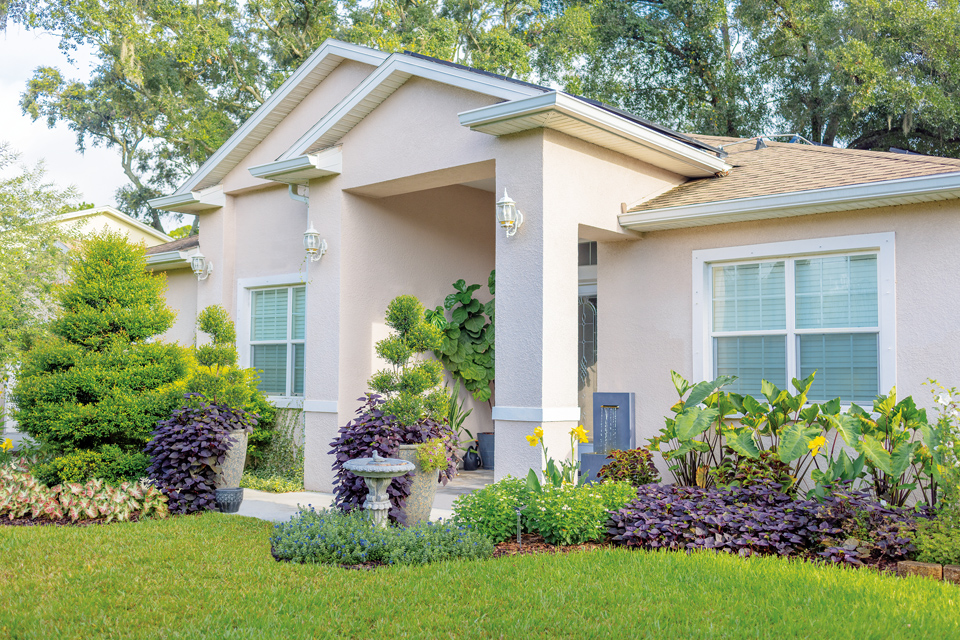
Click on any plant slide to learn more about that variety.




